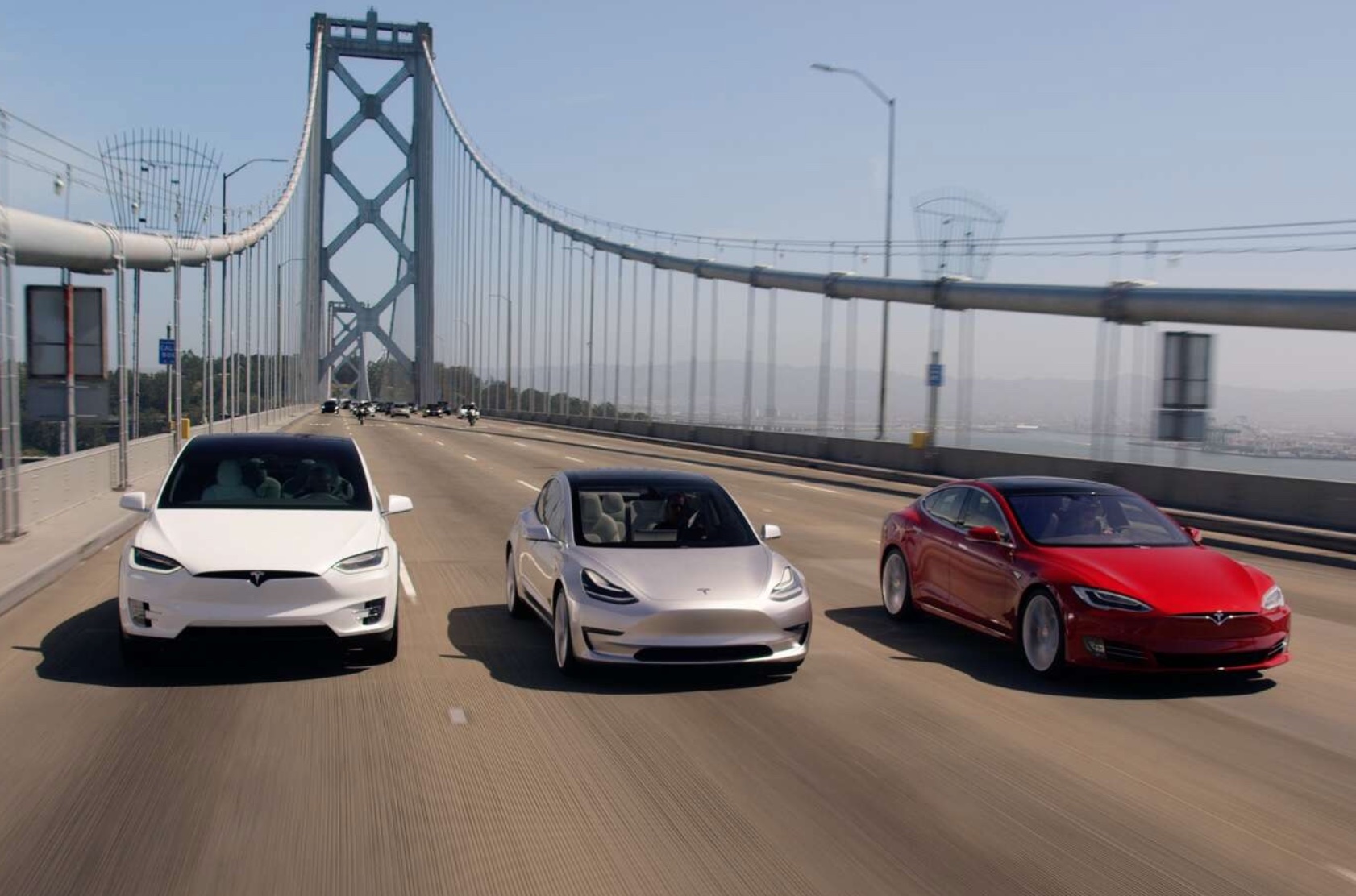Look, I'm not writing a peer-reviewed academic paper here. I'm not even to try to convince everyone. Take it as FYI, and believe/disbelieve as you choose.Ok. Then its only your word here.
Do you really believe those on TV are more authoritative and knowledgeable than the sources on the web, in these days and ages?No, its not just my assertion. Its an assertion based on experts, not only in the web but also on TV.
For a friendly note, this is a topic of very fluid information currently. The western sources are usually clueless about what the Chinese can or cannot do, or what they have been doing in the background, etc. - to be fair and not to blame them, there is the language barrier to begin with, and then the Chinese authority is usually not very transparent here - the relatively more knowledgeable western sources usually go like this: because Chinese vendors/capabilities currently have very small market share, therefore they will not gain meaningful market share. Circular logic.
Without going into too much details to make this reply too long, here is the methodology I would apply to assess the situation: combining a bottom-up approach and a top-down approach.
Bottom-up: Chinese already has capabilities and players at various technology levels across the entire semiconductor manufacturing supply chain. They have small market shares because in a competitive market, they would not be given too much of an opportunity. Things are different now and everyone is motivated now thanks to the Trump administration.
Top-down: Semiconductor manufacturing is now a national priority; a Manhattan/Apollo type of national drive is under way now. Whereas previously much is left to the market, government will play a key role. The resources and coordination that are needed at the national level will be provided, far beyond what an individual company like Huawei, as capable as it is, can marshal.
Some historical notes: The broad US semiconductor sanctions in the last two years came as a shock only in its timing and fashion. China as a nation is very strategic about its technology development. Semiconductor manufacturing technology is one of the 16 key national tech projects in the Mid- and Long-Term National Key Technology Plan (2005-2020). It's the Project No 2. There are companies/institutes responsible for all the respective key technologies and equipment in the entire manufacturing process. Ordinarily, these would serve as backup and technology reserves. Much like HiSilicon, Huawei's semiconductor design division, had been working on "spare tire" technologies for years knowing that they would probably never be put in use. But they were, in the end.
Similar examples abound. In the '90s, China was invited to participate in the European navigation satellite program, Galileo. But China still had its own indigenous development going on. So when the collaboration didn't pan out, China went its separate way. The rest, as they say, is history now. In 2002, when the AWACS system developed by Israel was stopped by the US to deliver to China at the last minute, China continued with its own indigenous system development. See where the Chinese are now with various AWACS systems: KJ-2000, KJ-200, KJ-500, KJ-600, and exports to Pakistan military. As a last example, Obama administration sanctioned China's supercomputer projects back in 2015 by banning Intel chip export, which delayed China's new supercomputer at the time. China came back in a year to reclaim the world's fastest supercomputer title with its indigenous chips, which had been under development in the background as backup.
Let me emphasize again: I'm not writing a rigorous academic paper with all the references and checks. I'm just a long term Chinese tech observer, which in many ways is a lot like Chinese military watch, as we all do in this forum. So take it as what it is.
Perhabs the 3D Integration wont be as easy as some think. See below:
Just like EUV, i think that china will get to 3D chips, but it will take a long time, not enough to save huawei as we know it today IMO, and i think that they will always be at least one step behind others.
That report is talking about the relatively longer term trend, say 10-20 years, and not about saving Huawei's Kiirin class mobile chips, if that's what you have in mind. China as a nation is focusing on winning the long term. That'll be the last laugh.
I dont think that china would play on that. Doubtly those concessions would be worth lifting "some restrictions". And besides, even if biden wins now, whats to stop any sucessor of him from walking away from that arrangement?
I don't think China will make many of those "concessions," particularly in the political or national security areas. The US has proved it is untrustworthy and unrelaible. China is totally focusing on what it does. The train has left the station. Some of the Americans are delusional - since the trade war started, and will continue be likely.
Last edited:

